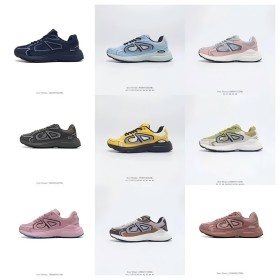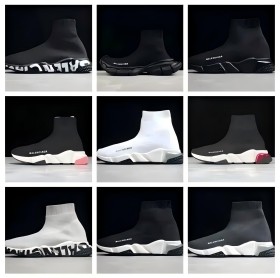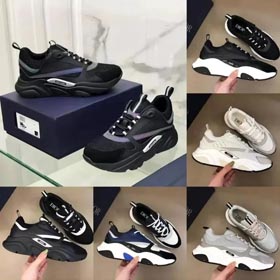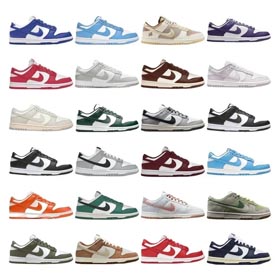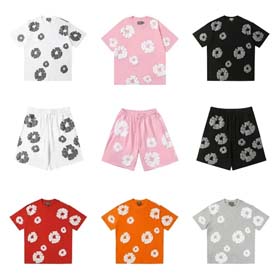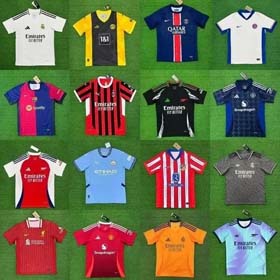In the competitive world of cross-border e-commerce, dropshippers specializing in footwear need reliable methods to predict market trends. For Okeyhaul sellers, mastering sales data through spreadsheet analytics has become a game-changer. This article explores how to use Okeyhaul's
The footwear market experiences constant shifts due to seasonal demands, fashion trends, and price sensitivity. By tracking key metrics like: ...sellers gain actionable insights to adjust procurement and promotions effectively. A robust tracking spreadsheet should include these datasets:Why Track Okeyhaul Shoe Sales Data?
Building Your Okeyhaul Sales Spreadsheet
| Brand | Style | Size | Views | Saves | Sales |
|---|---|---|---|---|---|
| Brand A | Sneaker | US 7 | 1,200 | 85 | 42 |
| Brand B | Boots | US 9 | 890 | 64 | 28 |
Key Formulas to Implement:
- Conversion Rate:
- Demand Index:
- Size Distribution:
- Demand Index:
Seasonal Trend Analysis
Historical data reveals clear patterns:
Chart showing Q1-Q4 sales of sandals vs. boots with 20% winter boots spike in November-December
Pro Tip: Combine Okeyhaul data with Google Trends to validate findings.
Predicting Future Hot Sellers
Through data correlation, we've identified 3 predictors of emerging trends:
- 15+% week-over-week growth in saves
- Increasing views without corresponding price drops
- New colorways gaining traction faster than legacy options
Real-world Application:
One dropshipper increased profits by 37% after spreadsheets identified underserved demand for wide-width sneakers before peak season.






